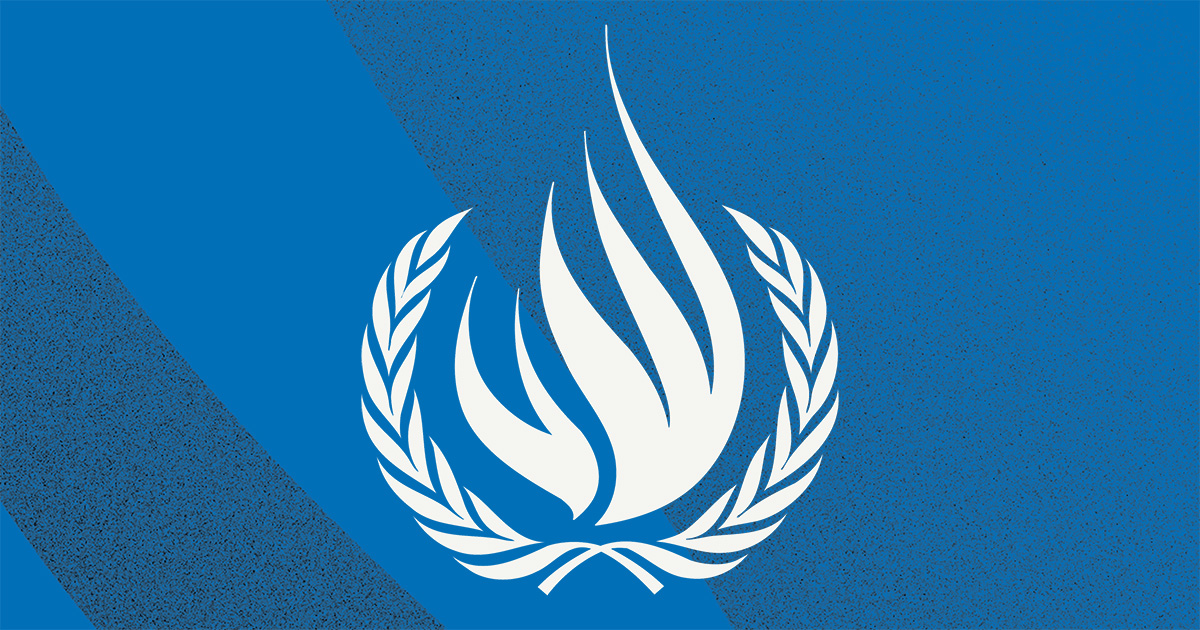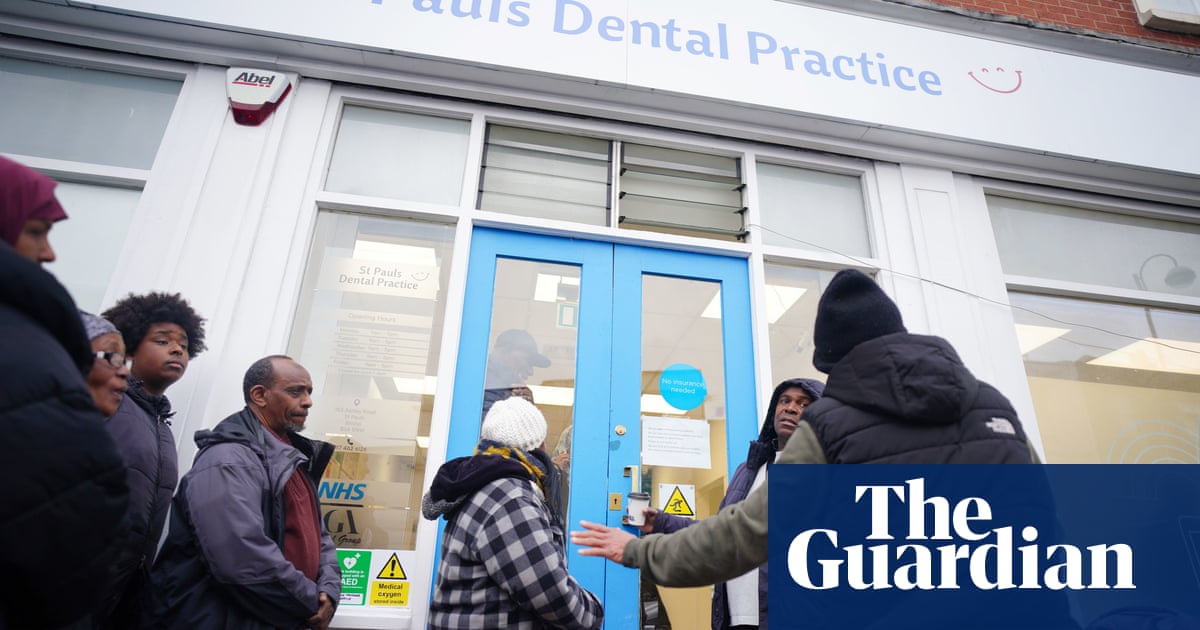
Delivered by
Deputy High Commissioner for Human Rights Nada Al Nashif
At
Palais des Nations, room XXVI
Excellencies,
Distinguished colleagues,
Let me first thank the Permanent Mission of France and Ambassador Bonnafont, for supporting today’s event. It has also been a pleasure to associate our colleagues from UNESCO, our Chairs of the United Nations Network of Focal Points on the Safety of Journalists and the Issue of Impunity.
As we recently celebrated the International Day to End Impunity for Crimes against Journalists, it is important to recall that journalists and media workers around the world continue to face different forms of harassment and violence, including deadly attacks.
Since the start of 2024, 61 journalists have already lost their lives in the line of duty. Alarmingly, only 15 percent of these cases have been investigated and prosecuted. Over 300 journalists continue to be imprisoned worldwide for doing their legitimate and important work .
Rising armed conflicts worldwide as well as humanitarian and environmental crises have no doubt contributed. However, legal harassment of journalists is another omnipresent threat – as highlighted by a recent OHCHR report to the Human Rights Council.
On the one hand, old tools – such as defamation, sedition or censorship laws – continue to be an instrument to punish journalists and stifle media freedoms. Cyber-libel, anti-terrorism, cybersecurity, and fake news laws are providing additional means of harassment.
In addition, libel claims, income tax investigations, and vexatious lawsuits – including Strategic Lawsuits Against Public Participation (SLAPPs) – are increasingly used to harass and intimidate. In particular, abusive litigation, brought by State and private sector entities alike, can involve disproportionate, excessive, and unreasonable claims with a principal aim not of winning but exhausting opponents.
Moving forward, OHCHR is focusing efforts to combat the phenomenon of legal harassment of journalists. A recent OHCHR briefer related to SLAPPs includes a series of recommendations to States, including the adoption of anti-SLAPPs legislation that empowers courts to dismiss abusive lawsuits, expedites procedures to dismiss abusive court applications, provides robust protection of public participation and compensation to victims, and ensures dissuasive penalties against perpetrators of SLAPPs.
Beyond SLAPPs, the broader issue of legal harassment of journalists warrants further consideration. Last June, as mentioned by the President of the Human Rights Council, in its freedom of expression resolution, tasked OHCHR with organizing an expert meeting and conducting a comprehensive study on SLAPPs for submission in 2025. OHCHR has already organised two side events on that issue: one during this year’s World Press Freedom Day and another one during the last Human Rights Council session, in September.
Today’s meeting is a step further in deepening discussions. I am happy that judges, lawyers as well as civil society organizations are participating. No doubt that their views as practitioners will enrich our common thinking and pave the way for future recommendations that strengthen safety, empower voice, and enforce accountability.
Thank you










